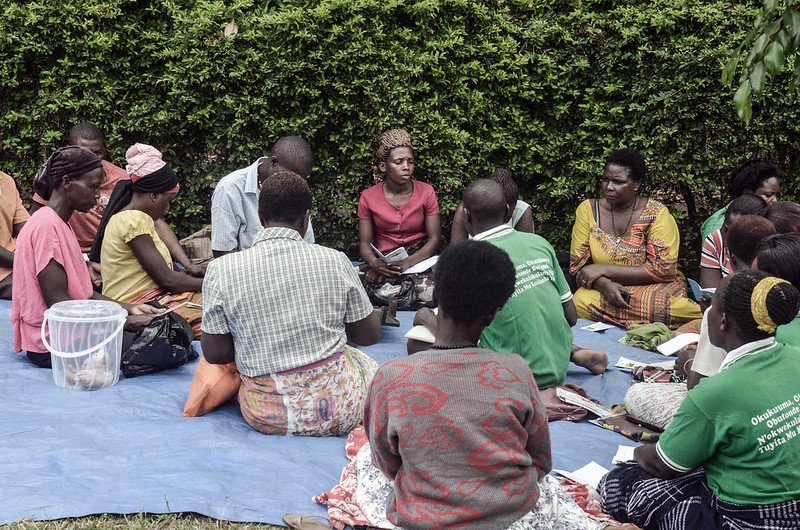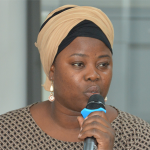
Recognizing agroforestry as a land use that increases basic resources availability and reduces farmers’ vulnerability, in particular for women smallholders, can help rural households and regional economies to increase self-reliance. Many agroforestry systems are embedded in people’s culture, especially in First Nations and other indigenous people, bringing sense to their cropping practices in a world where forestry and agriculture have not been segregated. As a multifunctional approach, agroforestry also contributes to a more appealing landscape and improved spatial planning in rural communities, as well as in some urban and peri-urban contexts. However, to what extent can agroforestry fulfil this role? What conditions are needed for agroforestry systems to maximize communities and societies’ sustainability? This session aims to find ways for agroforestry to help transitioning to a viable society, while maintaining viable rural societies wherever they exist.
CIFOR-ICRAF speakers

Mawa Karambiri
Presentations
Which scaling model for sustainable agroforestry systems and landscape restoration?
Mawa Karambiri, CIFOR-ICRAF, Burkina Faso
Sustainable livelihoods approach to develop indicators of livelihood resilience in agroforestry systems
Gracia Maria Lanza Castillo, CATIE, Costa Rica
Agroforestry-based apiculture for livelihood resilience in rural communities: Case study of Oku in the northwest region of Cameroon
Azembouh Roshinus Tsufac, Department of Forestry, Faculty of Agronomy and Agricultural Sciences, The University of Dschang, Cameroon
Agroforestry-Based Ecosystem Services: Reconciling Relational and Instrumental Values of Nature to Humans in Sustainable Development
Meine van Noordwijk, World Agroforestry (CIFOR-ICRAF), Indonesia














